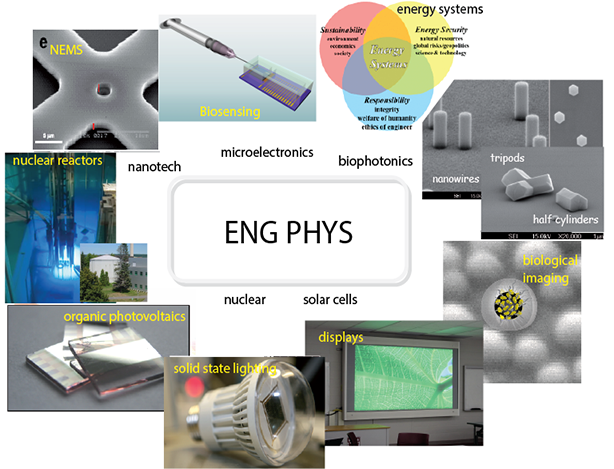Adding Boron Compounds to Increase the Neutron Shielding Properties of Materials
Abstract
A risk of the nuclear industry is radiation, specifically neutron radiation. In order to maintain a safe work space for workers, better shielding is being developed. Current shielding methods are examined and boron is looked at as a potential material for shielding. Boron, having a large cross section, is combined with other materials in order to obtain the desired material properties to have shielding that can be applicable in different situations. New materials like resins and metals are being created by mixing Boron and other materials to suit the needs different applications within the nuclear industry. Four of these new materials are examined and shown how they are an improvement to current shielding methods used in nuclear reactors. It is concluded that adding Boron to materials is an effective way at increasing the neutron shielding properties. Adding Boron however can cause negative effects on properties such as resistance to high temperatures and the structural properties of materials. By obtaining a balance between these two problems, an ideal neutron shield could be produced to increase the safety of the Nuclear industryReferences
"Boron 10 - Nuclear Power", Nuclear Power, 2016. [Online]. Available: http://www.nuclear-power.net/glossary/boron-10/. [Accessed: 28- Nov- 2016].
W. Garland, How and Why is CANDU designed the way it is Introduction, 3rd ed. Hamilton: McMaster University, 2003.
"Protecting workers - Canadian Nuclear Safety Commission", Nuclearsafety.gc.ca, 2016. [Online]. Available: http://nuclearsafety.gc.ca/eng/resources/radiation/introduction-to-radiation/protecting-workers.cfm. [Accessed: 28- Nov- 2016].
Atsuhiko M. SUKEGAWA, Yoshimasa ANAYAMA, Seiki OHNISHI, Shinji SAKURAI, Atsushi KAMINAGA, and Koichi OKUNO. “Development of Flexible Neutron-Shielding Resin as an Additional Shielding Material.” Journal of Nuclear Science and Technology 48, no. 4 (April 1, 2011): 585–90. doi:10.1080/18811248.2011.9711737.
T. Özdemir, İ. K. Akbay, H. Uzun, and İ. A. Reyhancan. “Neutron Shielding of EPDM Rubber with Boric Acid: Mechanical, Thermal Properties and Neutron Absorption Tests.” Progress in Nuclear Energy 89 (May 2016): 102–9. doi:10.1016/j.pnucene.2016.02.007.
Bastürk, M., J. Arztmann, W. Jerlich, N. Kardjilov, E. Lehmann, and M. Zawisky. “Analysis of Neutron Attenuation in Boron-Alloyed Stainless Steel with Neutron Radiography and JEN-3 Gauge.” Journal of Nuclear Materials 341, no. 2–3 (May 15, 2005): 189–200. doi:10.1016/j.jnucmat.2005.02.003.
Jin-Ju Park, Sung-Mo Hong, Min-Ku Lee, Chang-Kyu Rhee, and Won-Hyuk Rhee. “Enhancement in the Microstructure and Neutron Shielding Efficiency of Sandwich Type of 6061Al–B4C Composite Material via Hot Isostatic Pressing.” Nuclear Engineering and Design 282 (February 2015): 1–7. doi:10.1016/j.nucengdes.2014.10.020.
Published
Issue
Section
License
Authors who publish with this journal agree to the following terms:Authors retain copyright and grant the journal right of first publication with the work simultaneously licensed under a Creative Commons Attribution License that allows others to share the work with an acknowledgement of the work's authorship and initial publication in this journal.
Authors are able to enter into separate, additional contractual arrangements for the non-exclusive distribution of the journal's published version of the work (e.g., post it to an institutional repository or publish it in a book), with an acknowledgement of its initial publication in this journal.
Authors are permitted and encouraged to post their work online (e.g., in institutional repositories or on their website) prior to and during the submission process, as it can lead to productive exchanges, as well as earlier and greater citation of published work.


